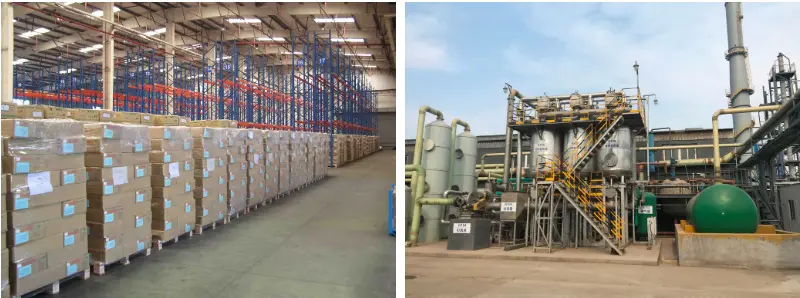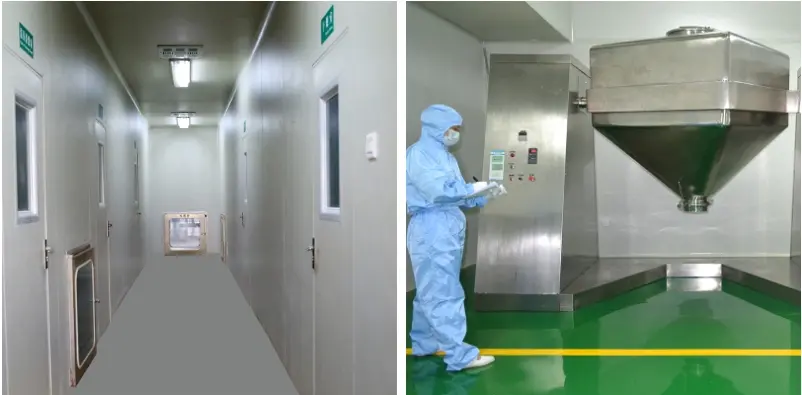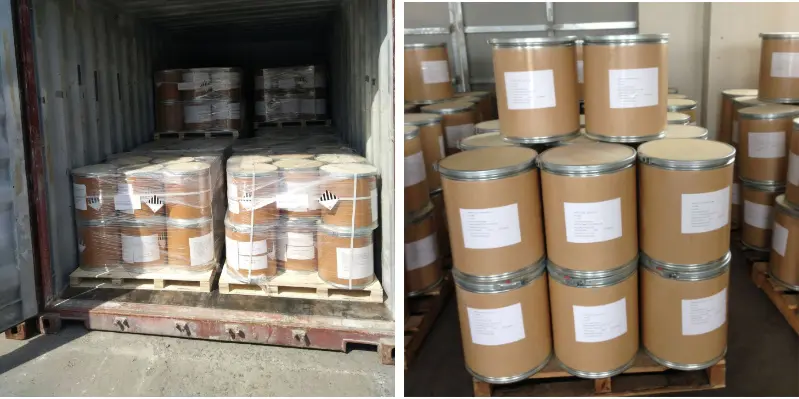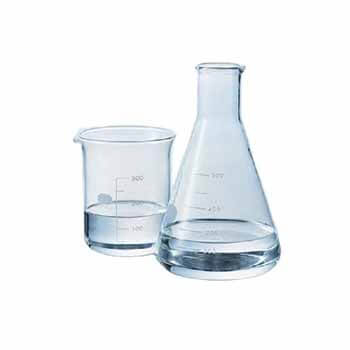Benzyl alcohol CAS#100-51-6
Benzyl alcohol CAS#100-51-6 Promotion Season Now in Store and Free Sample for Testing with Factory Price
Chemical Name:Benzyl alcohol
CAS No.:100-51-6
Molecular Formula:C7H8O
Molecular weight:108.14
Sample: Available
Mode of Transportation
1. By Air, fast but expensive.
2. By Sea, usual and economy.
3. By Train, suit for middle Asia countries.
4. By Express, suit for small package.
We only provide highest quality goods available, accompanied by after support!
Products Description of Benzyl alcohol CAS#100-51-6
Benzyl alcohol, also known as benzyl alcohol, has a molecular formula of C6H5CH2OH and a density of 1.045 g/mL at 25°C (lit.). It is the simplest fatty alcohol containing phenyl groups and can be regarded as hydroxymethyl-substituted benzene or phenyl-substituted methanol. It is a colorless, transparent, viscous liquid with a faint aromatic odor. Sometimes, after being left for a long time, benzyl alcohol will have a slight smell of bitter almonds due to oxidation. It is polar, low-toxic, and has a low vapor pressure, so it is used as an alcohol solvent. It is flammable. It is slightly soluble in water (about 1 gram of benzyl alcohol can be dissolved in 25 ml of water) and can be miscible with organic solvents such as ethanol, ether, benzene, and chloroform. Benzyl alcohol mainly exists in essential oils in the form of free or esters, such as jasmine oil, ylang ylang oil, frangipani oil, hyacinth oil, moon oil, Peru balsam, and Tolu balsam. Benzyl alcohol should not be stored for a long time. It can slowly oxidize to benzaldehyde and anisole in the air. Therefore, commercially available benzyl alcohol products often have the almond aroma characteristic of benzaldehyde. In addition, benzyl alcohol is also easily oxidized to benzoic acid by a variety of oxidants (such as concentrated nitric acid). Benzyl alcohol has an anesthetic effect and has a strong irritating effect on the eyes, skin and respiratory system. It is harmful to the body if swallowed, inhaled or in contact with the skin. After ingestion, it causes headaches, nausea, vomiting, gastrointestinal irritation, convulsions, coma, and in severe cases, death. The median lethal dose for rats is 1230 mg/kg. After entering the human body, benzyl alcohol is first oxidized to benzoic acid, then condensed with glycine in the liver and excreted from the body in the form of hippuric acid. Intramuscular injection using benzyl alcohol as a solvent may cause gluteal muscle contracture.
Benzyl alcohol Chemical Properties
Melting point | -15 °C |
Boiling point | 205 °C |
density | 1.045 g/mL at 25 °C(lit.) |
vapor density | 3.7 (vs air) |
vapor pressure | 13.3 mm Hg ( 100 °C) |
refractive index | n20/D 1.539(lit.) |
FEMA | 2137 | BENZYL ALCOHOL |
Fp | 201 °F |
storage temp. | Store at +2°C to +25°C. |
solubility | H2O: 33 mg/mL, clear, colorless |
pka | 14.36±0.10(Predicted) |
form | Liquid |
color | APHA: ≤20 |
Relative polarity | 0.608 |
Odor | Mild, pleasant. |
explosive limit | 1.3-13%(V) |
Odor Type | floral |
Water Solubility | 4.29 g/100 mL (20 ºC) |
Merck | 14,1124 |
JECFA Number | 25 |
BRN | 878307 |
Henry's Law Constant | <2.70 x 10-7 at 25 °C (thermodynamic method-GC/UV, Altschuh et al., 1999) |
Exposure limits | No exposure limit is set. Because of its low vapor pressure and low toxicity, the health hazard to humans from occupational exposure should be very low. |
Dielectric constant | 13.1(20℃) |
InChIKey | WVDDGKGOMKODPV-UHFFFAOYSA-N |
LogP | 1.05 at 20℃ |
CAS DataBase Reference | 100-51-6(CAS DataBase Reference) |
NIST Chemistry Reference | Benzyl alcohol(100-51-6) |
EPA Substance Registry System | Benzyl alcohol (100-51-6) |
Safety Information
Hazard Codes | Xn,T |
Risk Statements | 20/22-63-43-36/37/38-23/24/25-45-40 |
Safety Statements | 26-36/37-24/25-23-53 |
RIDADR | UN 1593 6.1/PG 3 |
WGK Germany | 1 |
RTECS | DN3150000 |
F | 8-10-23-35 |
Autoignition Temperature | 817 °F |
TSCA | Yes |
HS Code | 29062100 |
Hazardous Substances Data | 100-51-6(Hazardous Substances Data) |
Toxicity | LD50 orally in rats: 3.1 g/kg (Smyth) |
Product Application of Benzyl alcohol CAS#100-51-6
Benzyl alcohol is used as a preservative for ointments, a desiccant for fibers, nylon yarns and plastic films, a stabilizer for polyvinyl chloride, a photographic developer, a solvent for acetate, ink, coatings, paints, epoxy resin coatings, dyes, casein, shellac and gelatin, etc., and an intermediate for preparing benzyl esters or ethers. It is also used to prepare spices and flavorings (mostly benzyl alcohol esters of fatty acids) as additives in soaps, perfumes, cosmetics and other products. Since it has almost the same refractive index as quartz and wool fibers, it is used as an identifier for quartz and wool fibers. The hydroxyl group of benzyl alcohol, which is used as a fixative and diluent in the spice industry, is very active. It can react with benzene to form diphenylmethane, react with acrylonitrile to form N-benzylacrylamide (Ritter reaction), and react with phosphorus halides and hydrohalic acids to form benzyl halides. Benzyl and benzyl alcohol are both benzyl (benzyl) reagents used to add benzyl protecting groups to carboxylic acids and alcohol hydroxyls. The benzyl protecting group can be easily removed by hydrogenation. In addition, benzyl alcohol is also easily oxidized to benzoic acid by a variety of oxidants. If oxidized with nitric acid, aldehydes or acids can be generated depending on the concentration and temperature. When injecting penicillin, in order to prevent the patient from feeling too much pain, benzyl alcohol is often used for anesthesia, so that the pain will not be too strong, so benzyl alcohol is also called "painless water". However, a common side effect was soon discovered in clinical practice: gluteal muscle contracture. This is because benzyl alcohol is not easily absorbed by the human body. Long-term accumulation at the injection site will cause necrosis of the surrounding muscles. In severe cases, it may even affect bone development. In 2005, the State Food and Drug Administration issued a document prohibiting the use of benzyl alcohol as a penicillin solvent for injection.
Factory and Equipment Show


Fast transport time
Inventory 2-3 working days New manufacturing 7-10 working days









